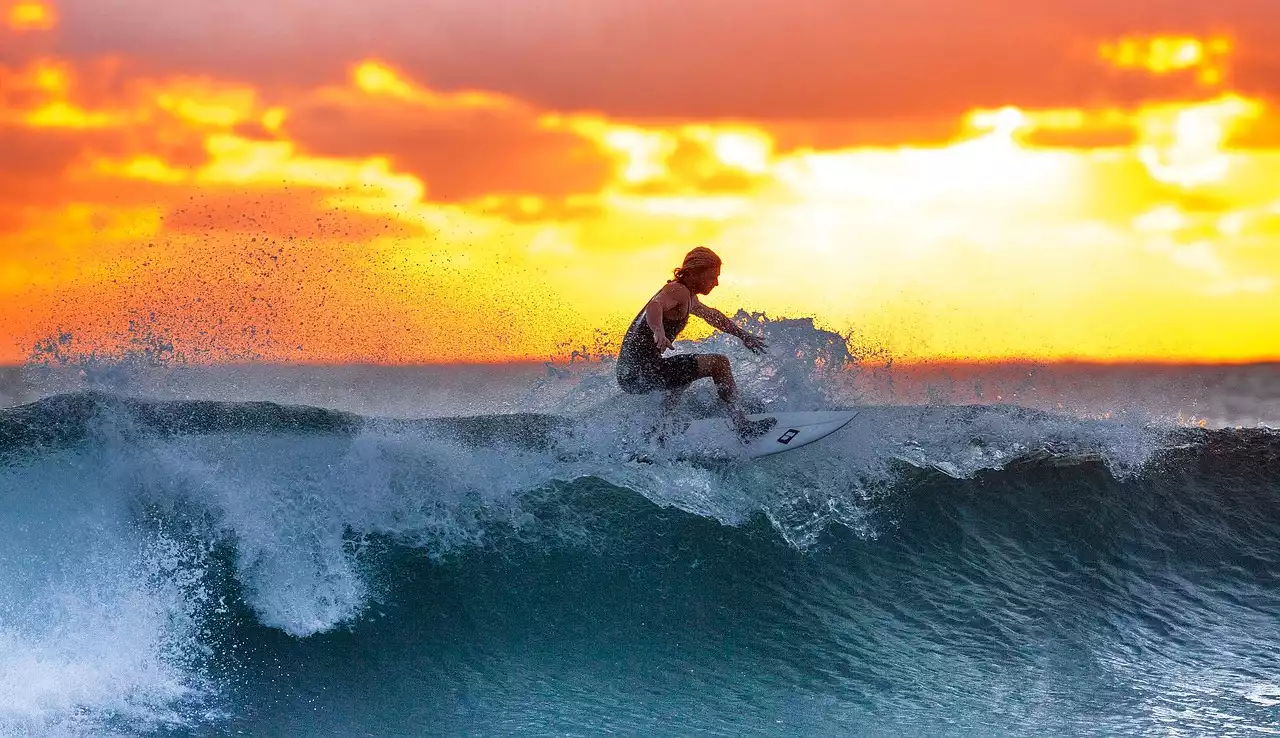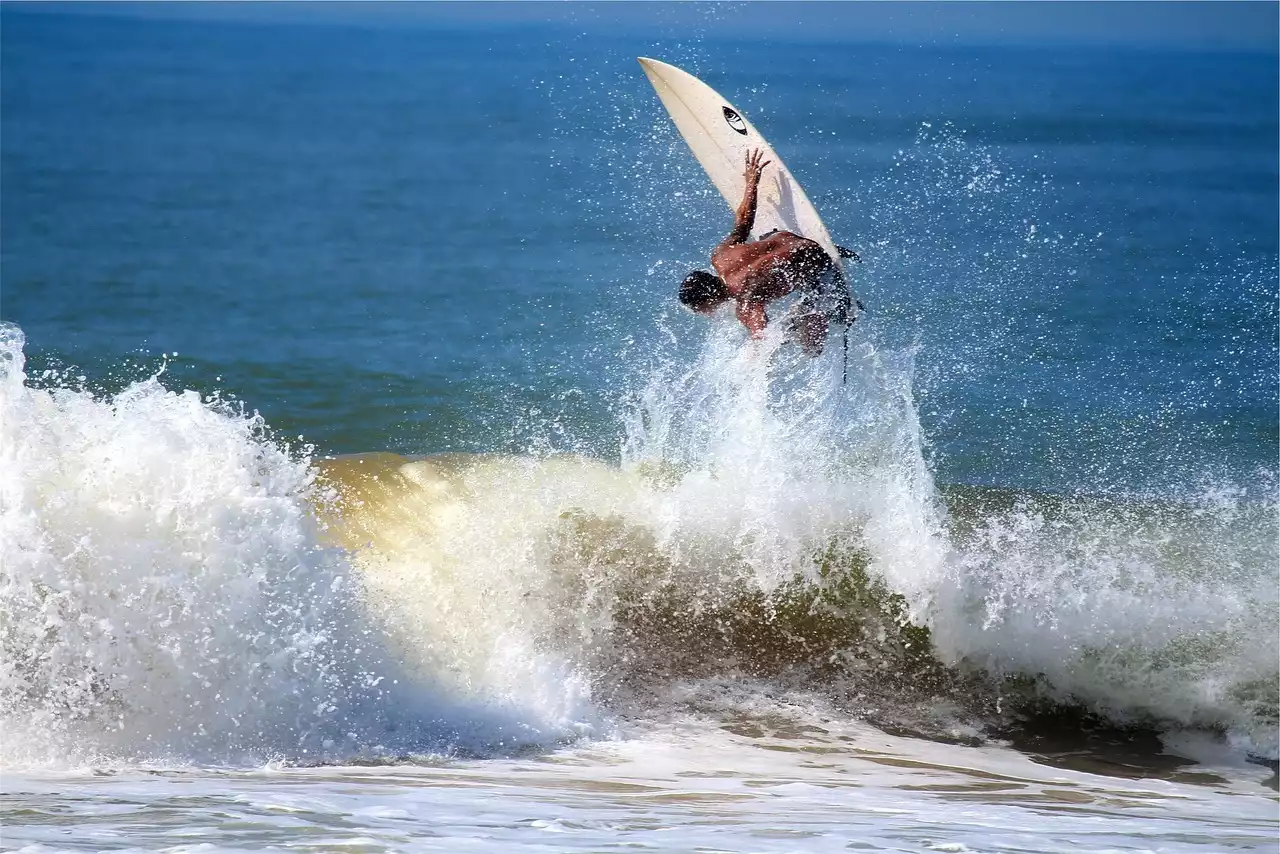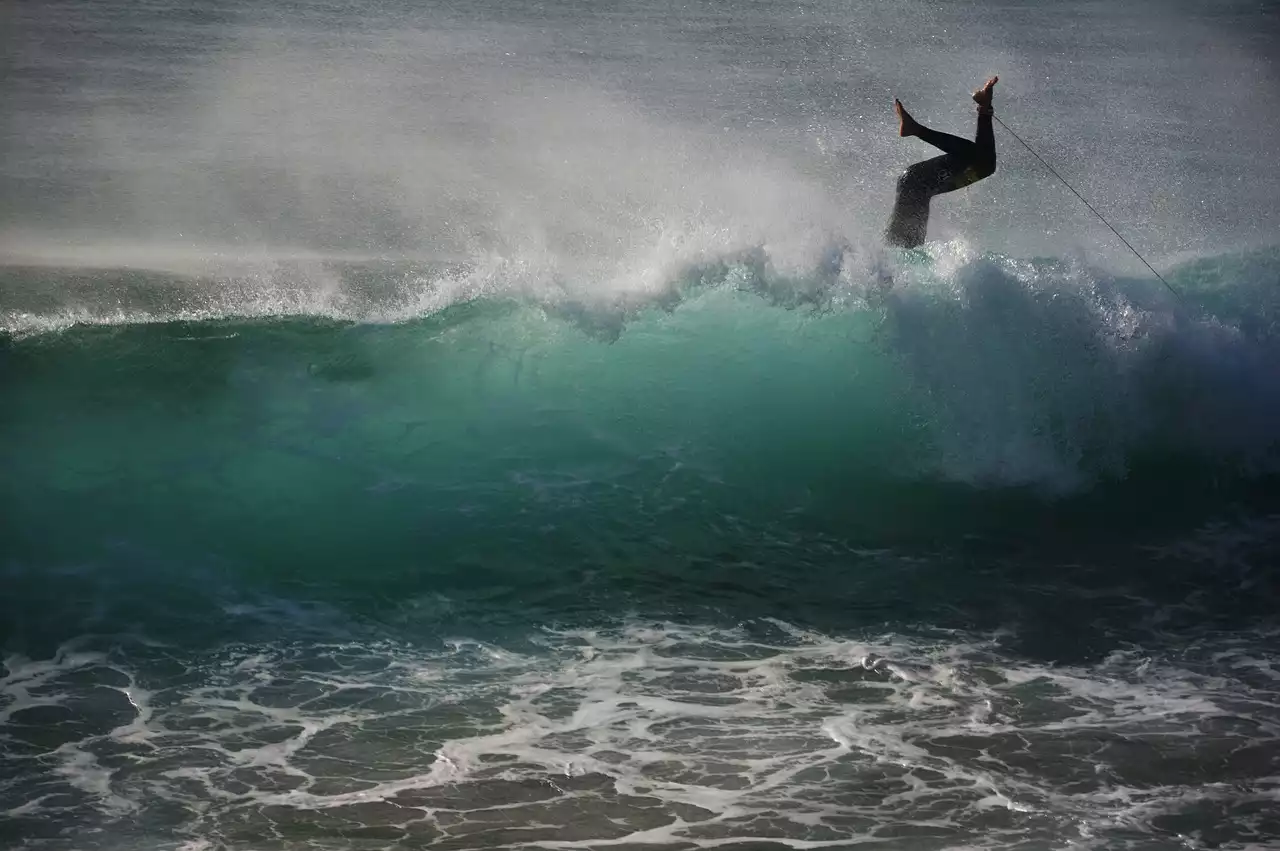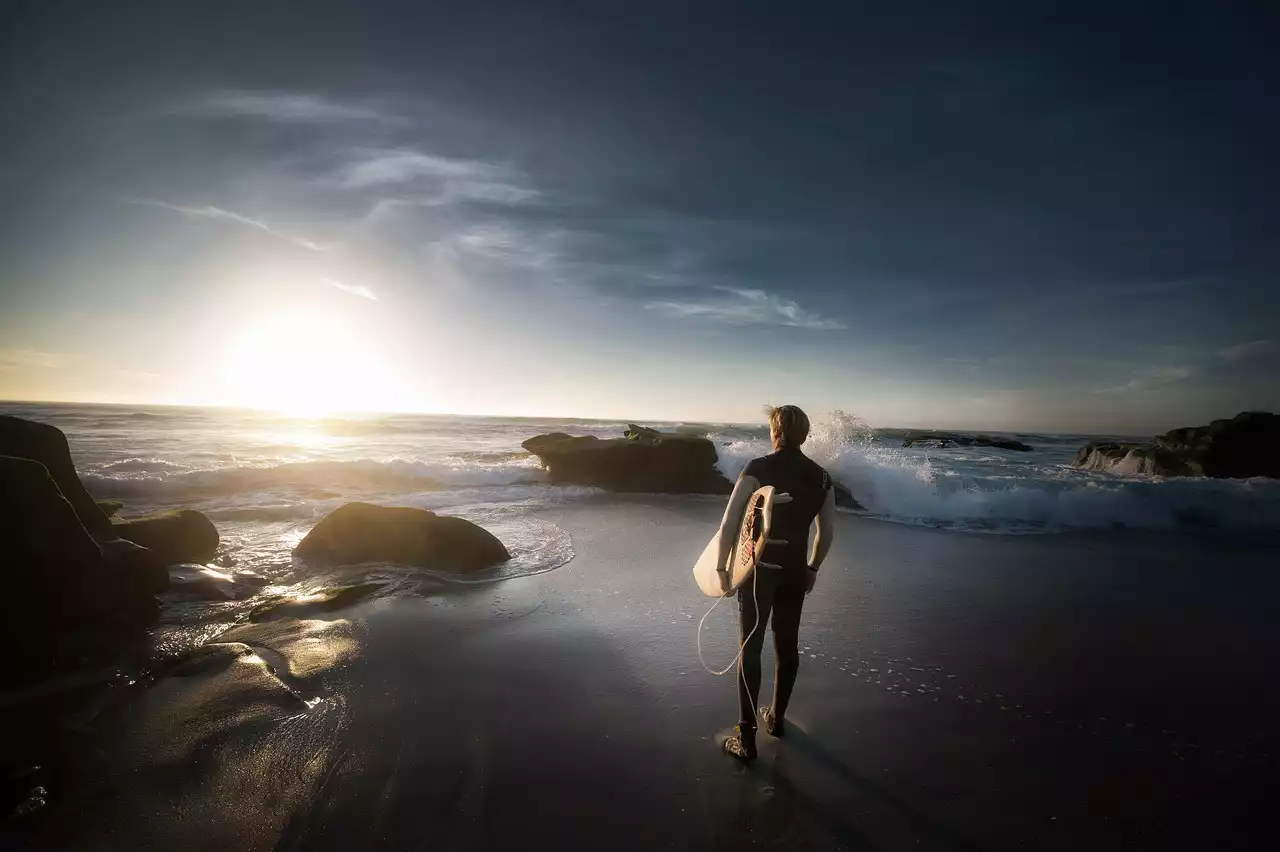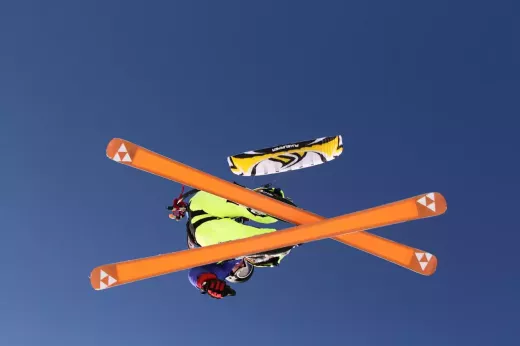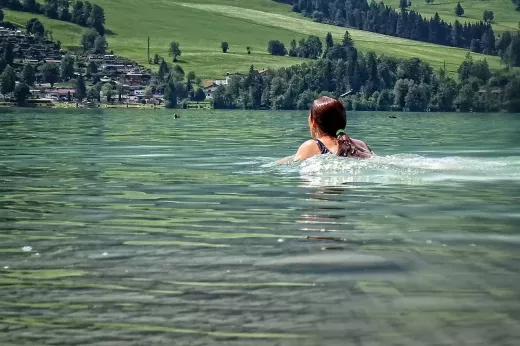Basics of Surfing
Surfing is a sport that combines the power of nature with the skill of the surfer. The sport is mainly played on beaches, where waves are formed by the movement of the ocean. The sport is also played in rivers, lakes, and other bodies of water where waves can form. Water is the most crucial element in surfing. You cannot expect to ride a wave if the ocean is not rough or even just not there. If you are to learn how to surf, you must first understand the ocean and how it behaves. Surfers often use the analogy of a wave as a car driving down a road. The ocean is like the road and the wave is like the car. The ocean is constantly changing and each wave is like a new car colliding with the one before it. Waves come in all different shapes and sizes, and their movement across the ocean is what makes surfing so exciting. The waves that you surf are like the houses and apartments that are in the way of your path. On any given day, there will be a different wave, with different properties and properties that you must take into account.
Learning How to Paddle and Pop Up
Dedicated surfers learn to paddle to maneuver and catch waves. When you’re paddling, you use your feet to steer the board. This is done by pushing off the water as if you were walking. Paddling also helps you catch waves. The important thing to remember is to paddle with your legs. Keep your hands and arms relaxed on the board. When you paddle into a wave, you want to get low on your board. This allows you to get underneath the wave and raise your board, just like raising your car to drive over a hill. Don’t take off until you pop up, or get high enough to catch the wave. The key to catching waves is to paddle into it with your legs and pop up high enough to see the wave. This can be tricky and takes a lot of practice.
Catching Waves
Catching waves is the first step to mastering surfing. Once you’ve mastered this, you can start to practice more advanced techniques, such as maneuvering and carving. The key to catching waves is to paddle into them with your legs and then pop up just high enough to catch the wave. There are a few different ways to catch waves, depending on your level of experience. Beginners are often better off catching waves in the head or shoulders of a wave. This allows you to get into the wave without worrying about the parts of the wave that might cause you to wipe out. More experienced surfers sometimes choose to catch waves with their feet and in their core area.
Maneuvering and Carving
When you’re maneuvering, you’re paddling while turning to face the wave. Most surfing maneuvers are done with a short burst of speed, to carve the wave. This is done by paddling with both feet at the same time while pulling your weight towards the nose of the board. This creates a burst of speed, allowing you to take a smooth turn while catching the wave.
Building Speed
The most important thing to remember when learning how to surf is to have fun. There’s no point in trying to learn a technique if you’re not enjoying yourself. The key is to get your body and mind in the zone. Find your rhythm. Surfers often use the analogy of singing to describe this. When you’re in the zone, everything is easy and you have complete control over your surfing. There’s no fastest way to build speed. However several techniques can help you increase your speed. One of the easiest techniques is to lift your knees when you’re paddling. This can help you build speed, as you’re paddling with both legs at the same time.
Tips for Improving Your Surfing Techniques
- Stay dedicated. The more you practice, the better you’ll get. Surfing is a challenging sport, which requires a lot of work. You can’t expect to become a great surfer overnight. It will take time, commitment, and patience.
- Get your body and mind in the zone. When one part of your body is relaxed and you’re in the zone, you’re free to focus on fluid surfing.
- Surround yourself with positive people who encourage you. Surfing is a challenging sport that requires you to push your limits. It’s important to surround yourself with people who provide positive reinforcement. If you don’t see yourself as a good surfer, you won’t be motivated to improve.
- Surfing is a great hobby that can lead to a career. Many professional surfers have found success as athletes and celebrities. You can use surfing as a means to pursue a passion or career.
